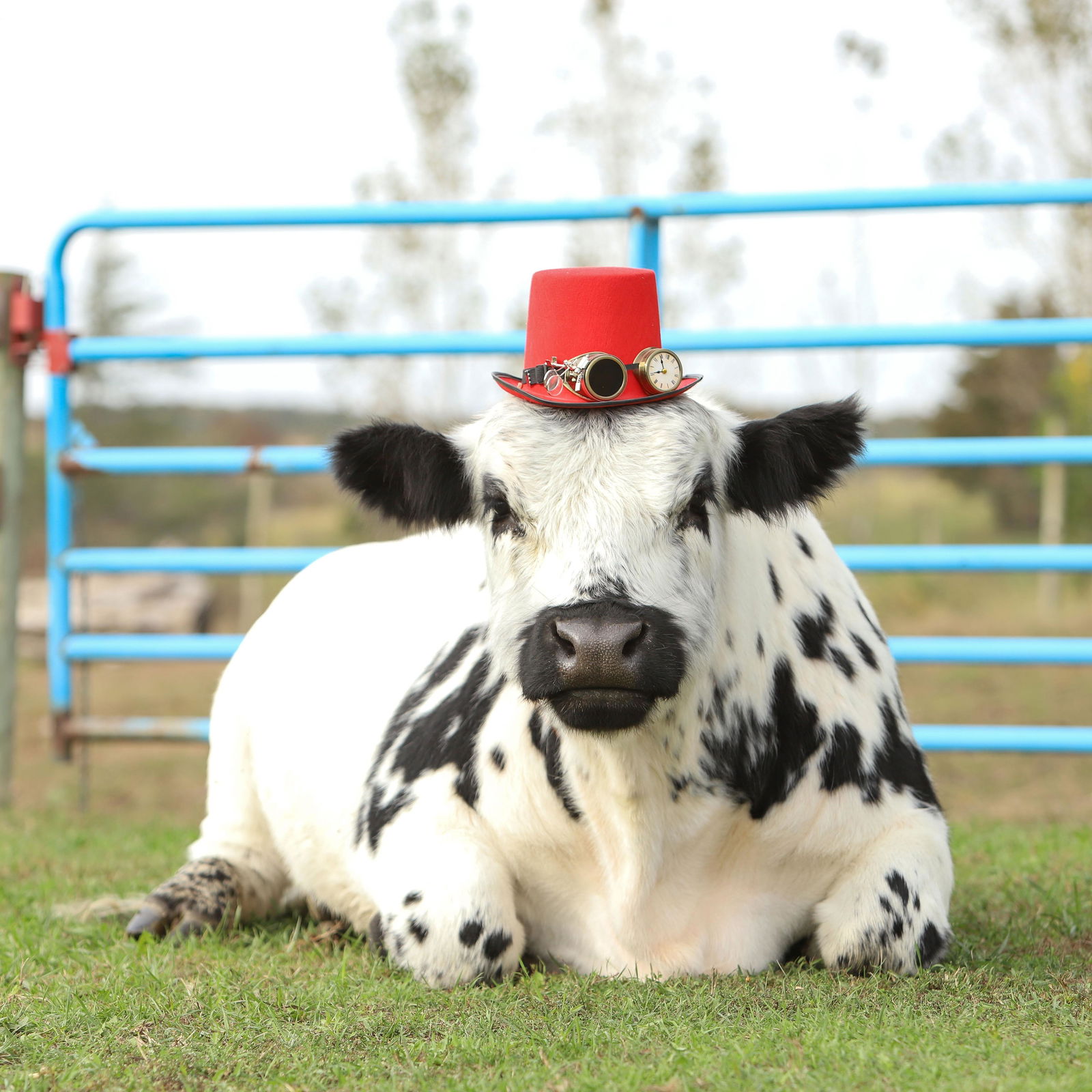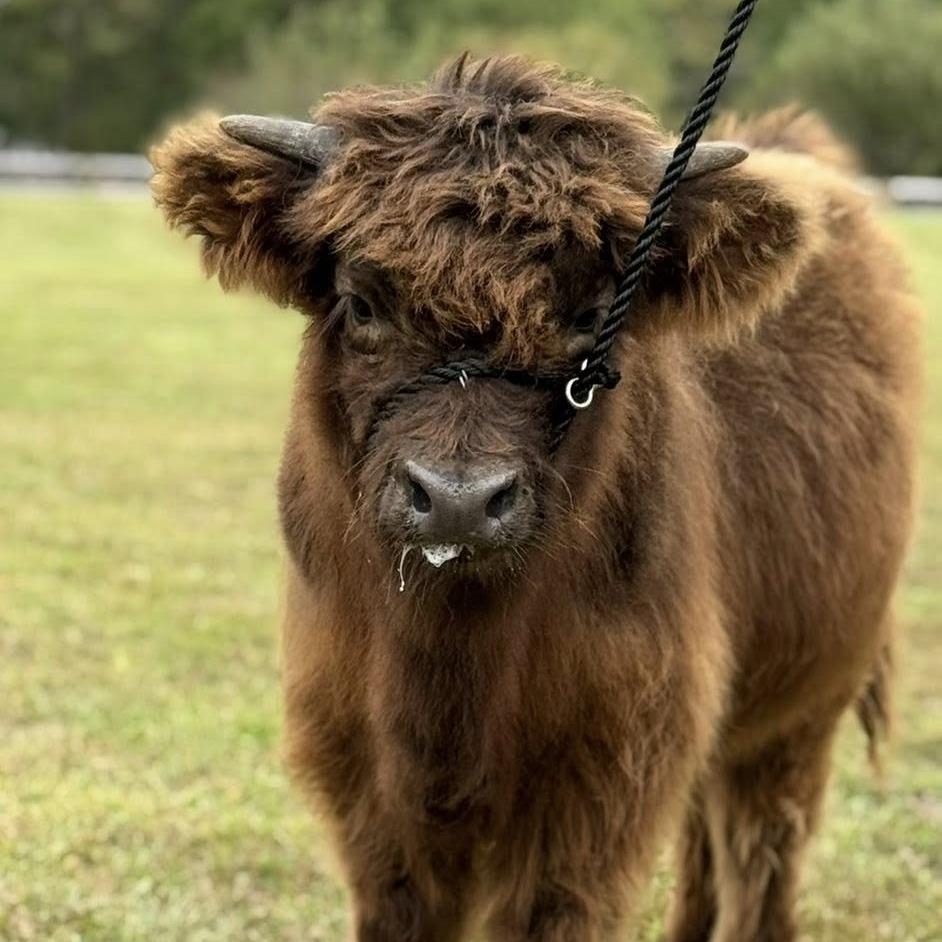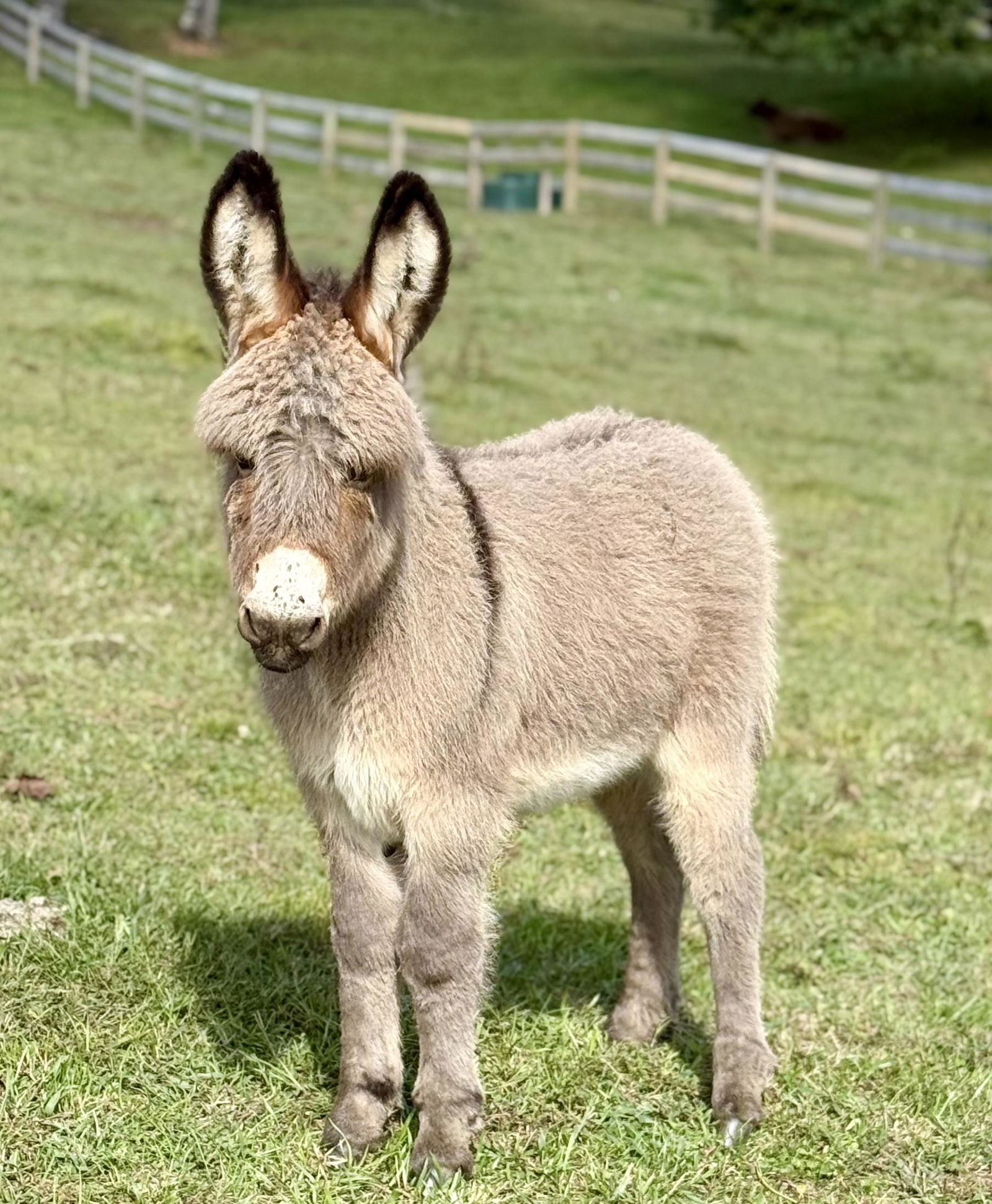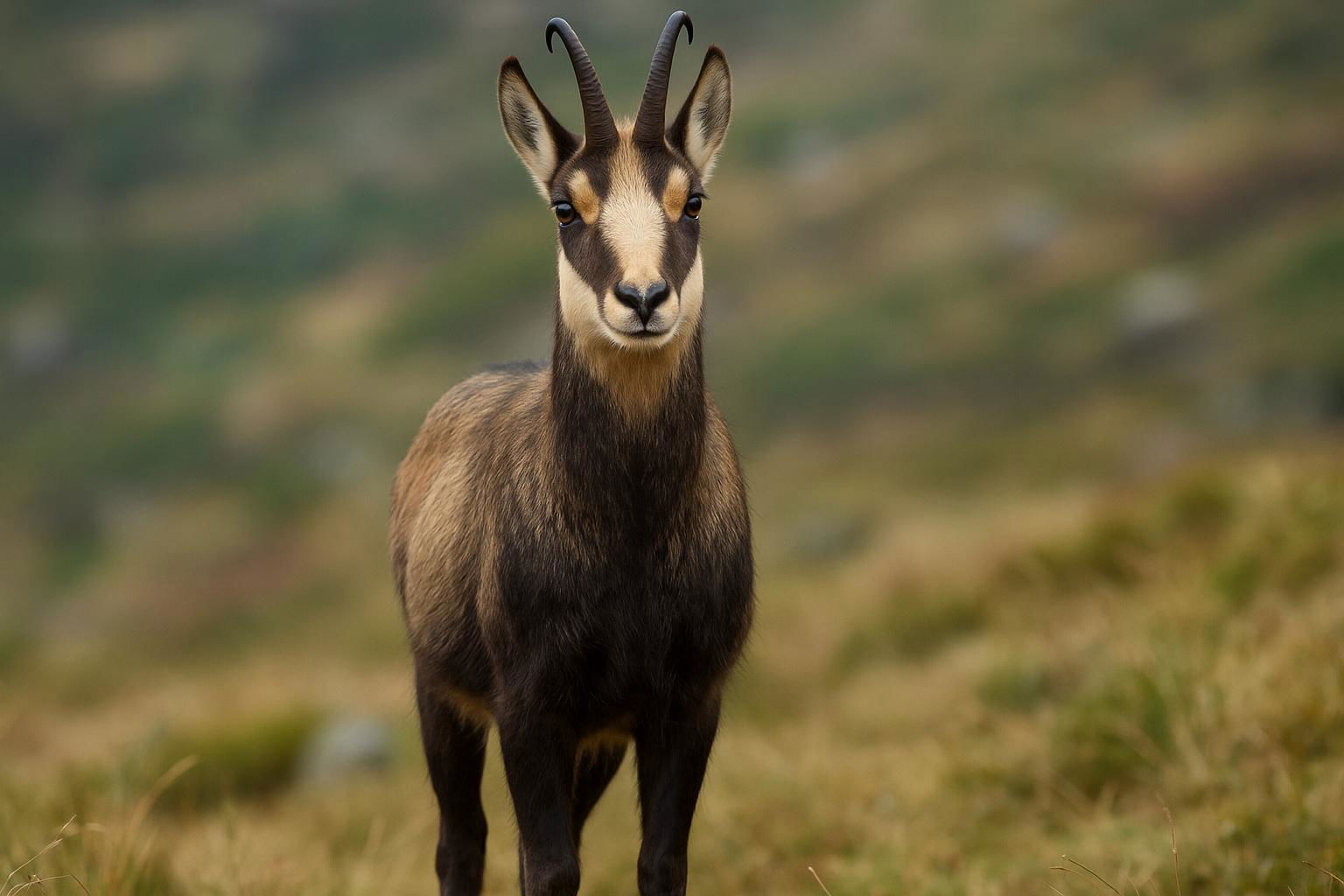
Chamois
Rupicapra rupicapra
The chamois (Rupicapra rupicapra) is a remarkable species of goat-antelope native to the mountainous regions of Europe, including the Alps, Carpathians, Tatra Mountains, and the Balkans. Characterized by its striking appearance, the chamois has a robust, compact body covered with dense fur that changes color with the seasons—turning brownish in summer and darker with a greyish-brown hue in winter. Its face is marked by distinctive white stripes below the eyes, contrasting with a predominantly dark face, giving it a mask-like appearance. Both males and females sport short, hooked horns, which curve backward and aid in species identification.
Adapted to rugged environments, the chamois is an agile climber, deftly navigating steep and rocky terrains with its specialized hooves that have rubbery pads, providing excellent grip. Typically, these animals are social and form small herds, although older males often lead more solitary lives. Known for their incredible agility and speed, chamois can reach speeds of up to 50 km/h (31 mph) and can leap up to 6 meters in a single bound, a necessary adaptation for evading the predators of their mountainous habitats.
Chamois primarily graze on a diet of herbs, grasses, and lichens, but they also browse on shrubs and tree leaves when available. Their social structure and breeding habits are quite fascinating; the rutting season occurs in late autumn, with a gestation period of about 170 days, resulting in the birth of typically one kid in late spring. While populations are stable across much of their range, habitat encroachment and hunting have raised concerns about their conservation in certain regions, necessitating ongoing monitoring and protection efforts.

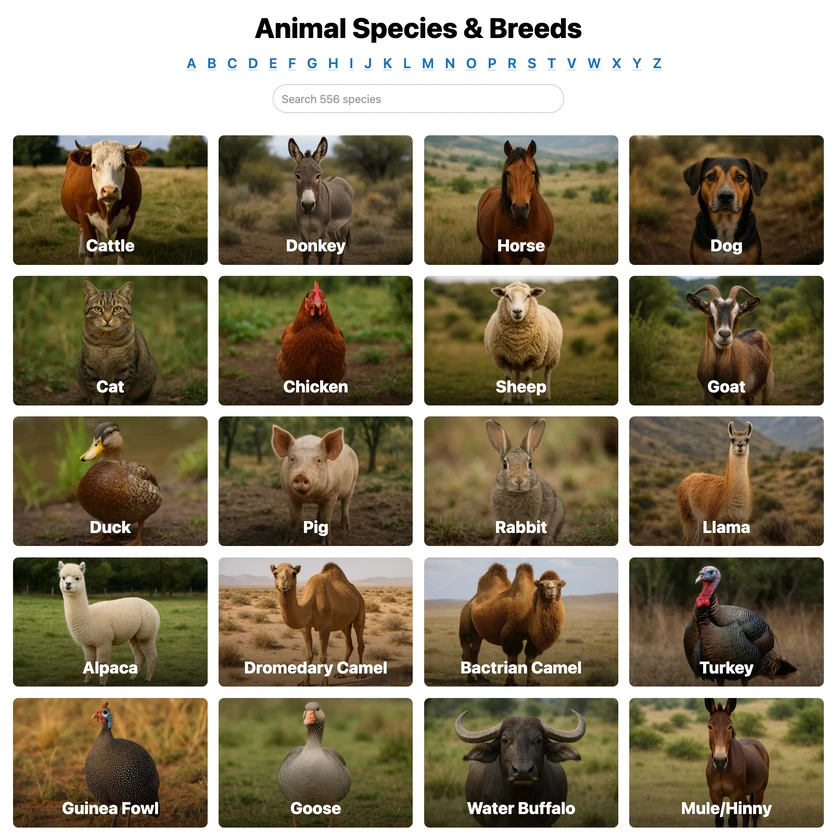 All Species & Breeds
All Species & Breeds
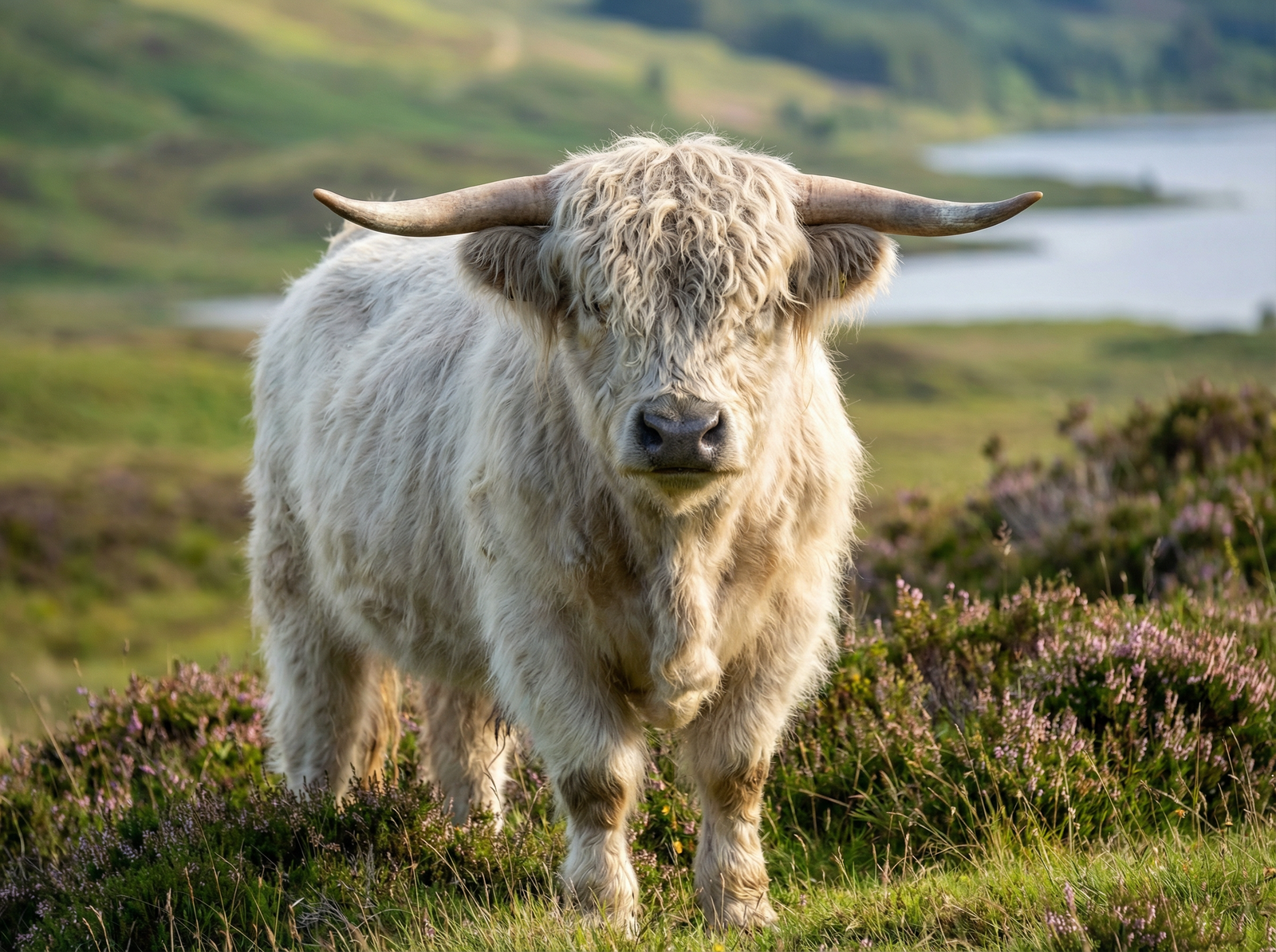 Highland Cattle
Highland Cattle
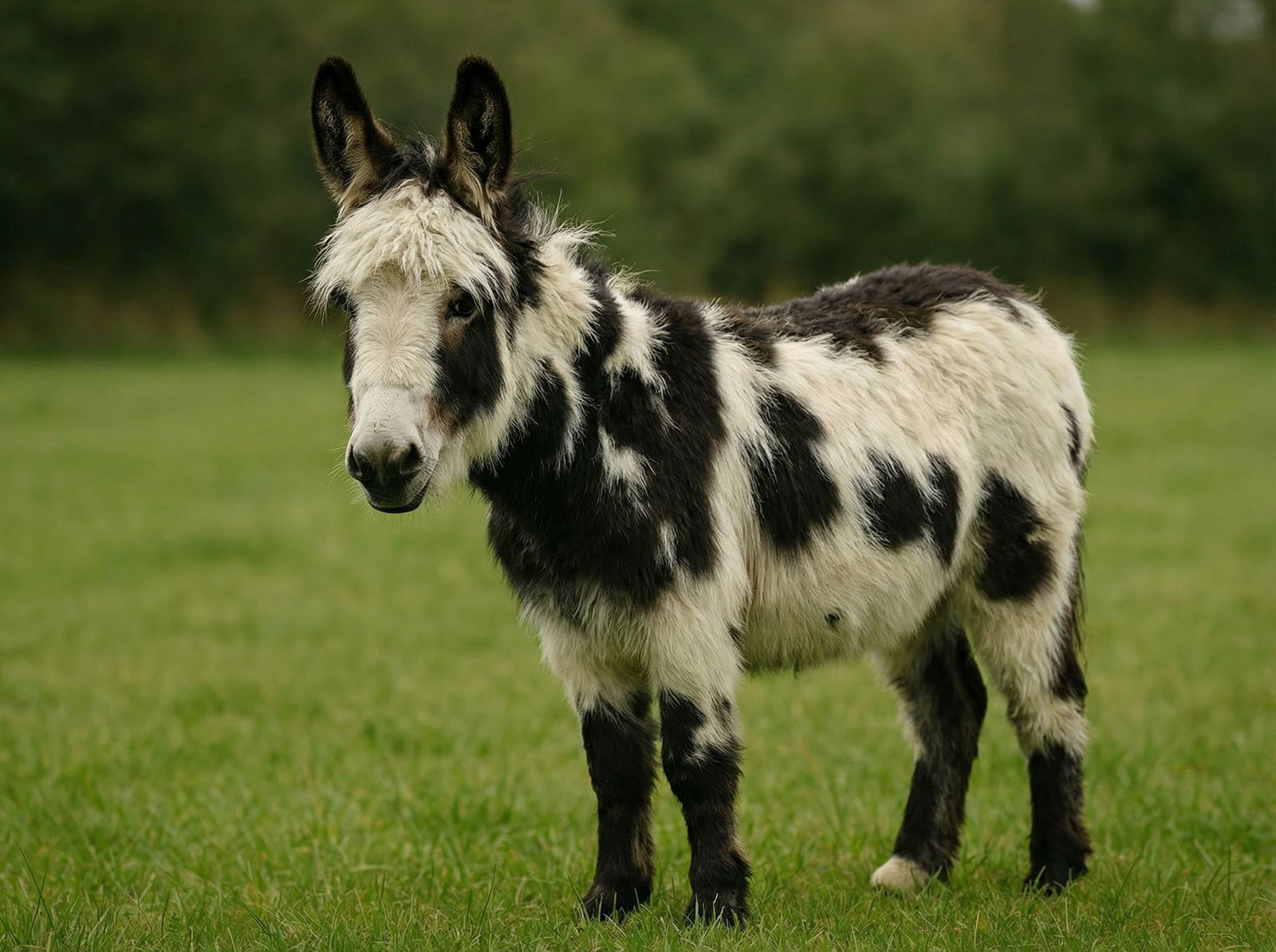 Miniature Donkeys
Miniature Donkeys
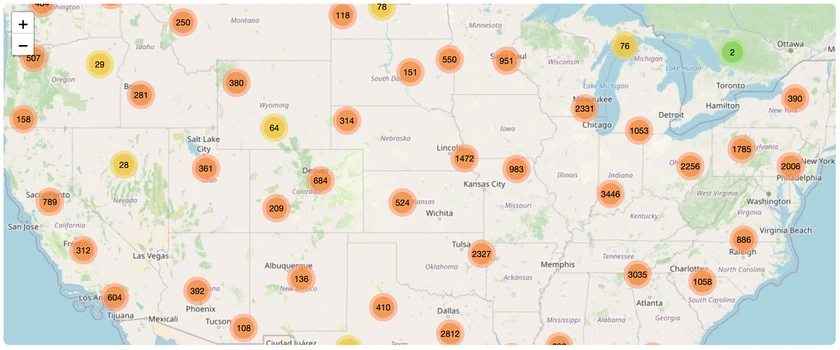 All Species Directory
All Species Directory
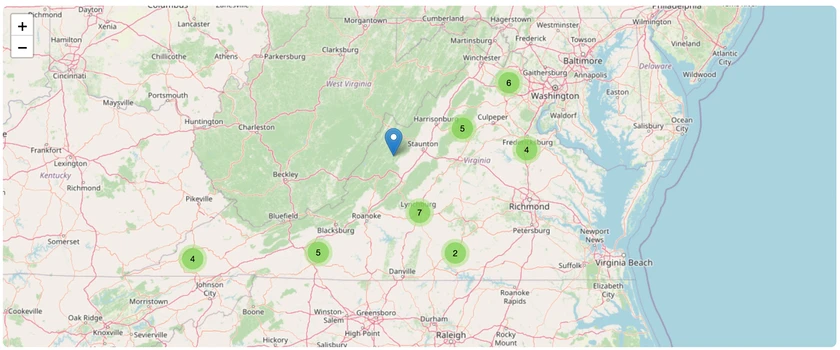 Highland Cattle in Virginia
Highland Cattle in Virginia
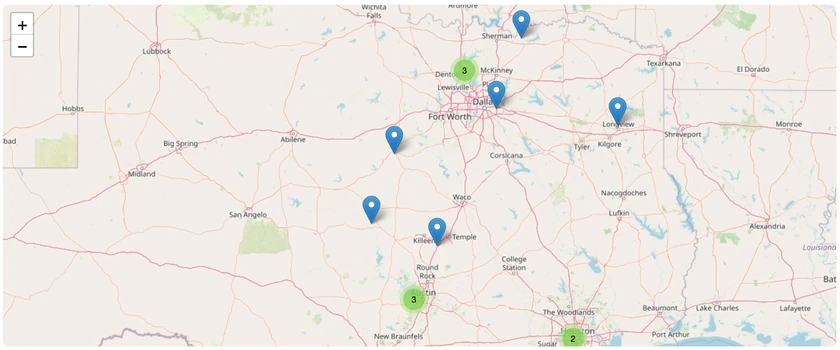 Miniature Donkeys in Texas
Miniature Donkeys in Texas
